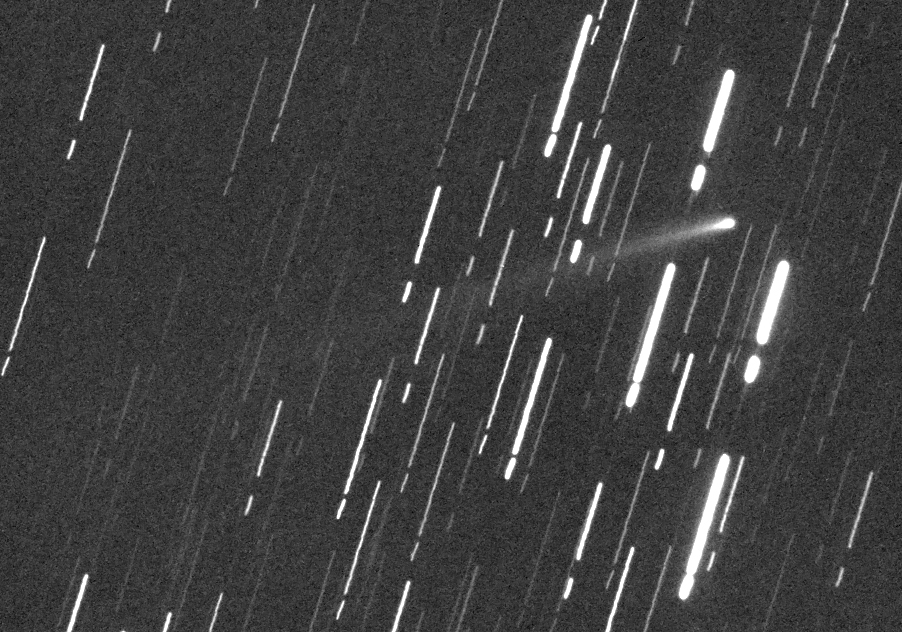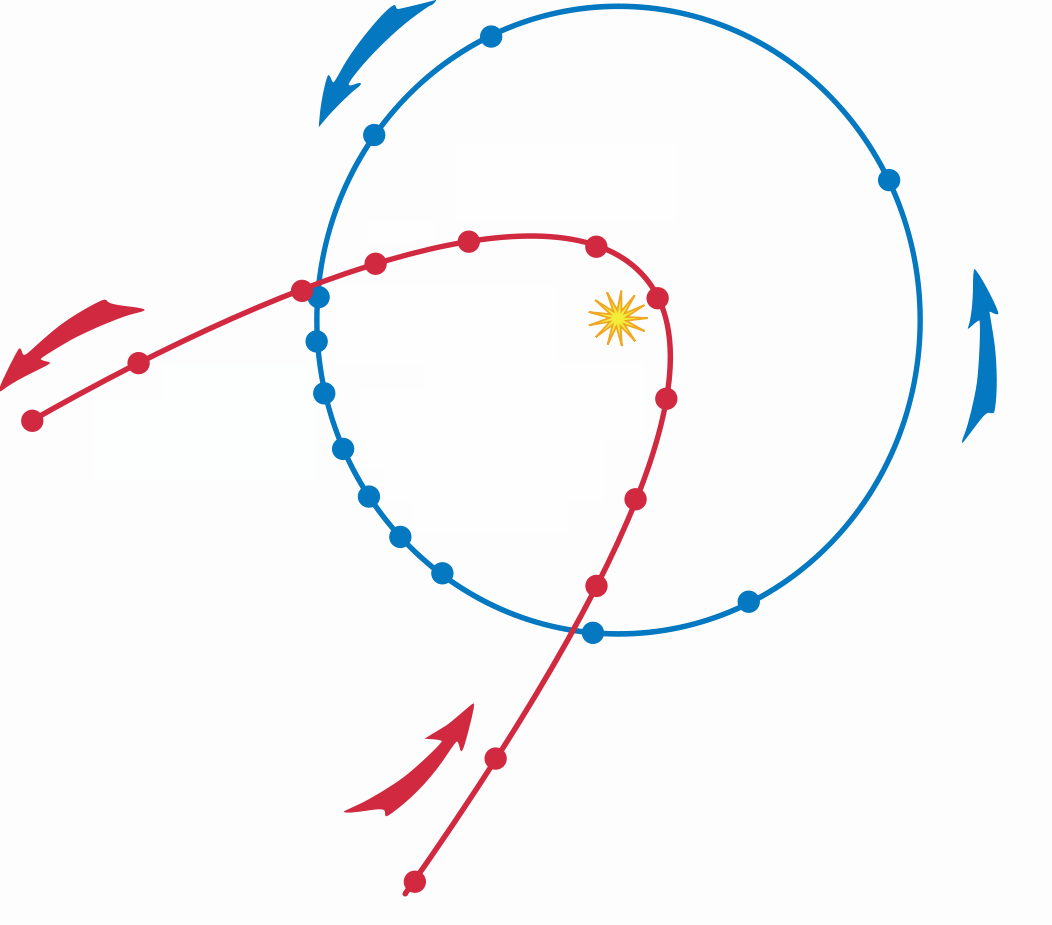/cdn.vox-cdn.com/uploads/chorus_image/image/33418593/138600410.0.jpg)
If you live in the United States or Canada and stay up late enough on Friday night, you might see something pretty cool: a brand-new, relatively big meteor shower.
Starting at around 2 a.m. EDT, the Earth will pass through a stream of rocks and dust emitted by a recently-discovered comet. This debris won't pose any danger — because it will burn up as it enters our atmosphere — but it's projected to produce somewhere between 100 and 400 meteors per hour.
This is way more than most meteor showers, but it's only a projection, not a guarantee — and it still only works out to between 1 and 6 meteors per minute. So don't head outside with the expectation of seeing a meteor immediately.
The best way to see the shower is to head outside, try to find a relatively dark area, lay out on the ground or take a seat, let your eyes adjust, and take in the wonder that is our planet passing through a cloud of burning cosmic dust.
What causes a meteor shower
Earth's orbit (blue) and a comet's orbit (red). (NASA/Wikimedia commons)
Comets are balls of ice and rock. Like Earth, they orbit the Sun — but unlike Earth, their orbits (the red line in the diagram above) are extremely elliptical, so at times, they're at the outer reaches of the Solar System, and at others, they pass right by the Sun.
When they come close to the Sun, its heat vaporizes their ice, causing them to shed tiny pieces of rock. These form a tail of debris that follows the comet for a very long time.
Occasionally, Earth's orbit can carry us through a comet's tail of debris, which produces a meteor shower as it burns up while entering our atmosphere.
At 3:20 am EDT, we'll pass within about 5 million miles of a comet called 209P/LINEAR that was first spotted in 2004 and takes about five years to orbit the Sun.

The faint streak is the new comet, photographed a few days ago. (Gianluca Masi/Virtual Telescope Project)
Though we'll (luckily) miss the comet itself, we'll directly plow through the remnants of dust thrown off by it on a long-ago orbit — likely from when it orbited the sun during the late 1700s or early 1800s.
Again, this debris won't pose any danger — and there's zero chance of us actually colliding with the comet itself — but it will produce an entirely new meteor shower, one that scientists believe hasn't occurred during recorded history.
Scientists are calling the shower the Camelopardalis, after a constellation where the meteors will appear to come from in the sky. Compared to other comets, this one seems to produce relatively low amounts of debris, but the particles it does emit may larger than average — so they might burn more brightly, putting on a pretty good show.
How to see the meteor shower

The 2008 Perseid shower. (Ethan Miller/Getty Images)
Astronomers predict the shower will peak between 2 and 4 a.m. EDT, so you'll want to head outside sometime during that period. Luckily — for North American readers — the timing of and location of this shower means that it'll be best viewed from US and Canada.
The darker it is, the more meteors you'll be able to see, so rural areas are much better than cities. That being said, even within a developed area, just getting away from bright streetlights will help you see the meteors much better.
Though they'll all appear to come from a constellation right near the North Star, they'll streak across the entire sky as they burn up in Earth's atmosphere, so anywhere you can get a wide open view of the sky is best.
Again, even if this is a particularly dense shower, it's not like you'll be able to just head outside and see a meteor right away — there will be a few meteors per minute at most, and they fly by at speeds of several miles per second, so can easily be missed.
So you'll have to be patient. Sit or lie back, let your eyes adjust, and stare at the sky. You don't need (and shouldn't use) a telescope. If everything goes as experts predict, you'll be able to see a pretty cool show of burning comet debris over the next few hours with the naked eye.
If you like, you can also use a DSLR camera to capture beautiful photos of the shower pretty easily. Experts recommend using a wide angle lens, a tripod, setting the ISO to its highest rating and using a very long exposure time.
Of course, there is one factor much closer to Earth that could ruin the shower: clouds. Right now, forecasts call for heavy cloud cover in the Northeast, Pacific Northwest, and some of the Great Plains, though the Southeast, much of the Midwest, and California look clear.
If clouds are going to ruin this meteor shower from you, there's a backup (and much less cool) option — the internet. The Virtual Telescope Project and the Slooh Community Observatory will both broadcast live streams online.
